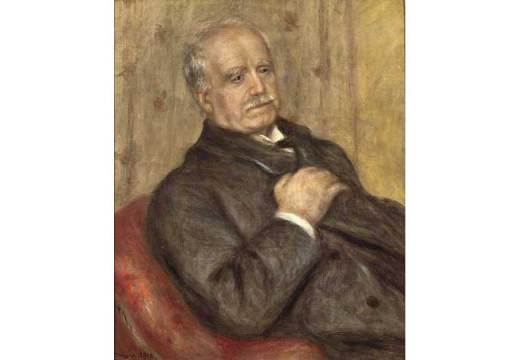A round-up of the week’s reviews and interviews

Martin L. King (Dr Martin Luther King Jr.) (Birmingham, Alabama, United States of America, December 1965), Bob Fitch. The Black Star Collection, Ryerson Image Centre
‘Human Rights Human Wrongs’ at The Photographers’ Gallery’ (Melanie Vandenbrouck)
Are some images too harrowing to show? ‘Human Rights Human Wrongs’ at the Photographers’ Gallery begins with a spread of photographs revealing the unspeakable horror of the Holocaust: heaps of corpses, emaciated bodies and ghostly stares. These images, which were published in LIFE magazine in 1945, would be instrumental in the United Nations’ post-war reconfiguration of the world order, and the ratification of Universal Declaration of Human Rights in 1948. It is thus shocking to see, one room along, evidence of concentration camps built by the British to quell the Mau Mau uprising the following decade.

Still life with fruit and glass (1670–1680), Henri de Fromantiou. Collection: Bonnefantenmuseum. Photo: Peter Cox
First Look: Henri de Fromantiou at the Bonnefantenmuseum (Lars Hendrikman)
The best paintings of Henri de Fromantiou are easily mistaken for works by his better known contemporaries. One outstanding flower still life was catalogued as Willem van Aelst until during cleaning the signature of De Fromantiou showed up. Also, two small paintings from American private collections are definitely worth the trip to Maastricht.

The View from Earth: John Gerrard at Thomas Dane (Imelda Barnard)
While I was watching Farm (Pryor Creek, Oklahoma) (2015), one of two recent works by John Gerrard currently on show at Thomas Dane Gallery, the other person I was sharing the gallery with wandered over to the screen and put their nose right up against the projected image. This was an urge I also had; getting up close might shed some light on what I was watching.

Paul Durand-Ruel (1910), Pierre-Auguste Renoir. Private collection. Archives Durand-Ruel © Durand-Ruel & Cie
The New Deal: Paul Durand-Ruel (Caroline Rossiter)
Feature from the September issue of Apollo
The French art dealer Paul Durand-Ruel (1831–1922) set the stage for the emergence of the 20th-century art market. Having started out working for his father’s art supplies shop-cum-gallery, he would eventually deal in the most sought after contemporary painting of his day; his most important legacy stems from his promotion of the Impressionists, who arguably would not have enjoyed the success they did, and still do today, without his constant financial and moral support.













![Masterpiece [Re]discovery 2022. Photo: Ben Fisher Photography, courtesy of Masterpiece London](http://zephr.apollo-magazine.com/wp-content/uploads/2022/07/MPL2022_4263.jpg)
‘Like landscape, his objects seem to breathe’: Gordon Baldwin (1932–2025)